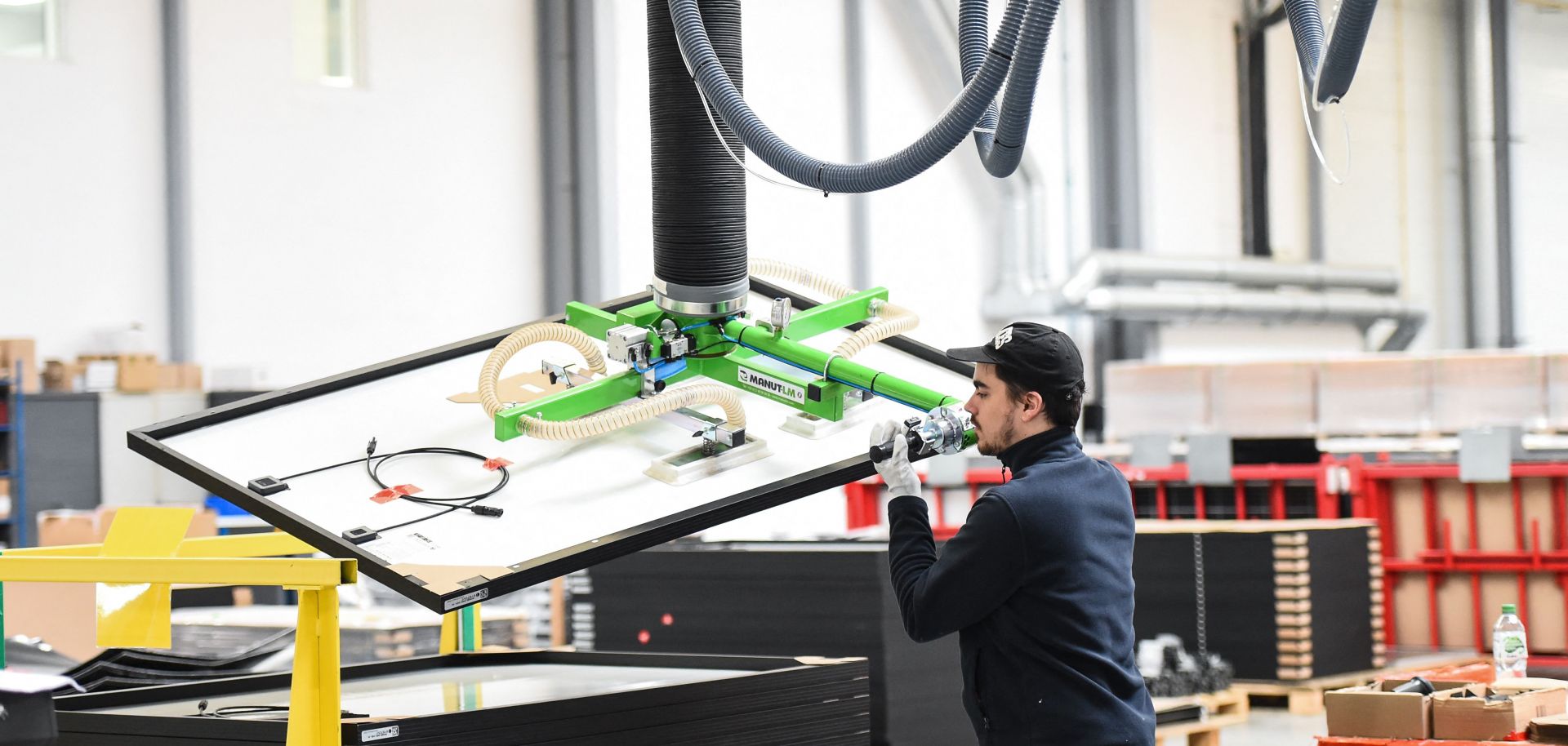Two key proposals for the future of the European Union's green industrial policy could help boost the bloc's green manufacturing capacity and further secure its supply of the raw materials needed to do so, but significant risks and constraints remain. On March 15, the European Commission unveiled its Net-Zero Industry Act and the Critical Raw Materials Act, two key proposals for the future of the European Union's net-zero transition and green industrial strategy. The former sets a goal for the European Union to domestically produce at least 10% and process at least 40% of its demand for materials critical to the energy transition, such as lithium and rare earths, by 2030. The latter includes a 40% industrial output target for green technologies in the European Union by 2030, as well as other measures aimed at streamlining regulatory requirements, shortening permitting processes, and improving labor skills. Both proposals will be subject...

